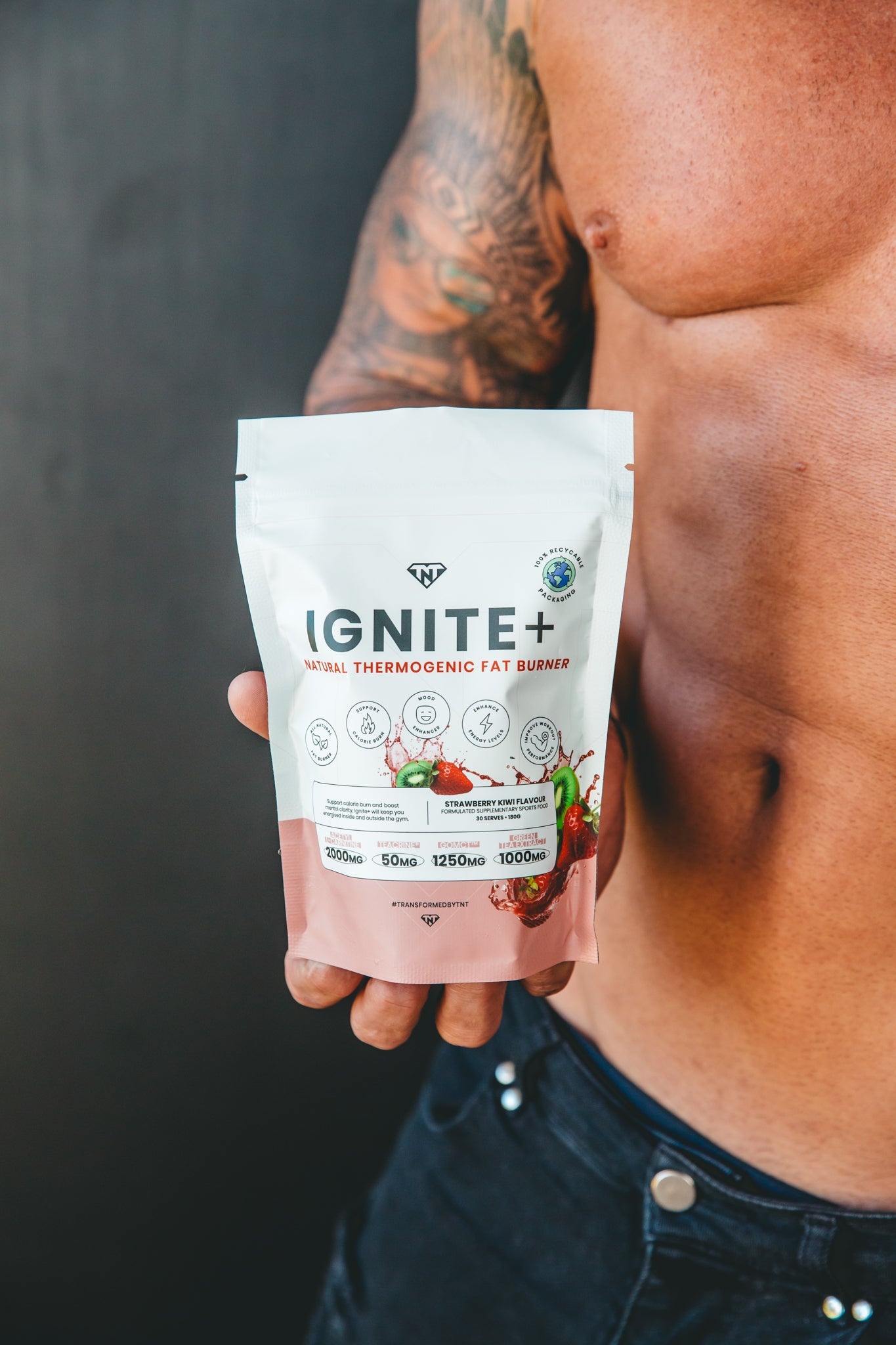You may have heard of the term progressive overload within the fitness world, and you may be confused on what it actually means, and how to implement it into your training regime.
This blog will hopefully shed some light on the topic for you, and teach you how to apply this technique into your training program to ensure you are reaching your true potential in the gym.
In the world of fitness and strength training, the key to unlocking your full potential lies in the concept of progressive overload. Whether you're an athlete, a weightlifter, or simply someone looking to improve their fitness level, understanding and implementing progressive overload can take your training to new heights. In this blog post, we will explore the ins and outs of progressive overload, its benefits, and how you can effectively apply it to achieve optimal growth and development.
What is progressive overload?
Progressive overload is the gradual increase in intensity, volume, or difficulty of your workouts over time. By challenging your body with increasingly demanding stimuli, you force it to adapt and grow stronger. The principle behind progressive overload is to consistently push your limits, allowing your body to make continuous progress.
What are the benefits of progressive overload?
- Muscle Growth: Progressive overload stimulates muscle hypertrophy by subjecting your muscles to greater stress and tension, triggering the body's response to build more muscle fibers.
- Strength Development: By progressively increasing the demands placed on your muscles, tendons, and nervous system, you develop greater strength and enhance your overall performance.
- Enhanced Endurance: Progressive overload helps improve your endurance capacity by gradually increasing the duration or intensity of your workouts, allowing your body to adapt and become more efficient.
- Injury Prevention: Gradually increasing the workload while maintaining proper form and technique reduces the risk of injury, as your body has time to adapt and strengthen the supporting structures.
How do you implement progressive overload?
- Increasing Resistance: Gradually increase the weights you lift during strength training sessions. Aim for manageable increments that challenge your muscles without compromising your form.
- Manipulating Volume: Gradually increase the number of sets, repetitions, or exercises performed during each workout. This helps to push your muscles beyond their previous limits.
- Altering Intensity: Adjust the intensity of your workouts by shortening rest periods, increasing the speed of your repetitions, or incorporating advanced techniques like drop sets or supersets.
- Progressive Bodyweight Exercises: If you prefer bodyweight training, increase the difficulty by incorporating variations such as one-legged squats, pistol squats, or one-arm push-ups.
- Periodization: Incorporate planned cycles of high-intensity workouts followed by periods of lower intensity and recovery. This allows for continued progress while preventing burnout and overtraining.
How do you track progressive overload?
To effectively apply progressive overload, it's essential to track your progress. Keep a workout journal, log your sets, reps, weights, and other relevant variables. Regularly review your records to ensure consistent progression and make informed adjustments to your training routine.
While progressive overload is crucial for growth, it's equally important to listen to your body's signals. Pay attention to signs of fatigue, overtraining, or potential injuries. Give yourself adequate rest and recovery time to allow for proper adaptation.
Progressive overload is the backbone of consistent growth and improvement in your fitness journey. By gradually increasing the demands on your body, you can unlock your true potential, build muscle, gain strength, and enhance your overall performance. Remember to apply progressive overload safely and intelligently, and you'll be well on your way to achieving your fitness goals. Embrace the challenge, stay consistent, and enjoy the rewarding results of your hard work and dedication.






